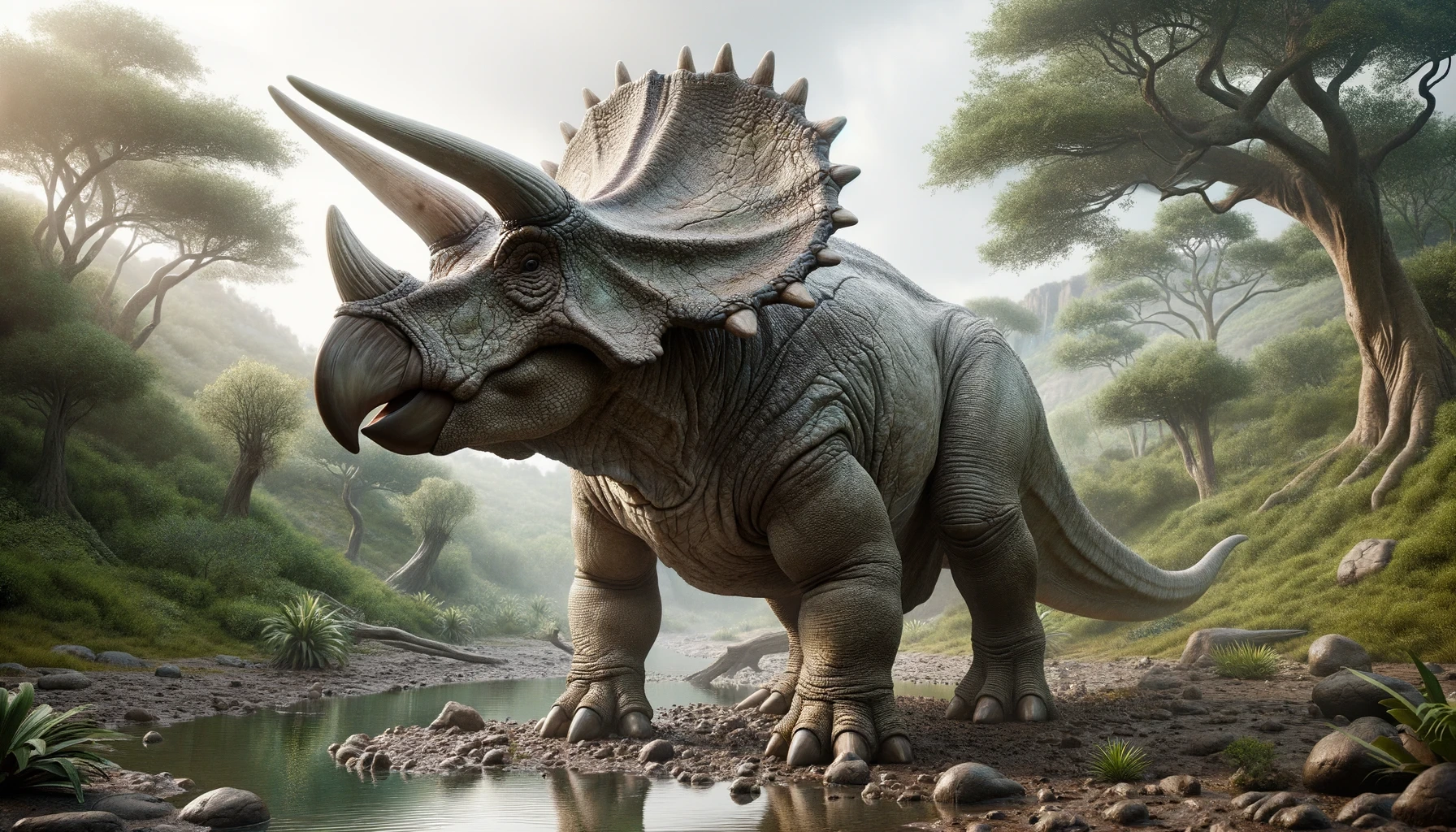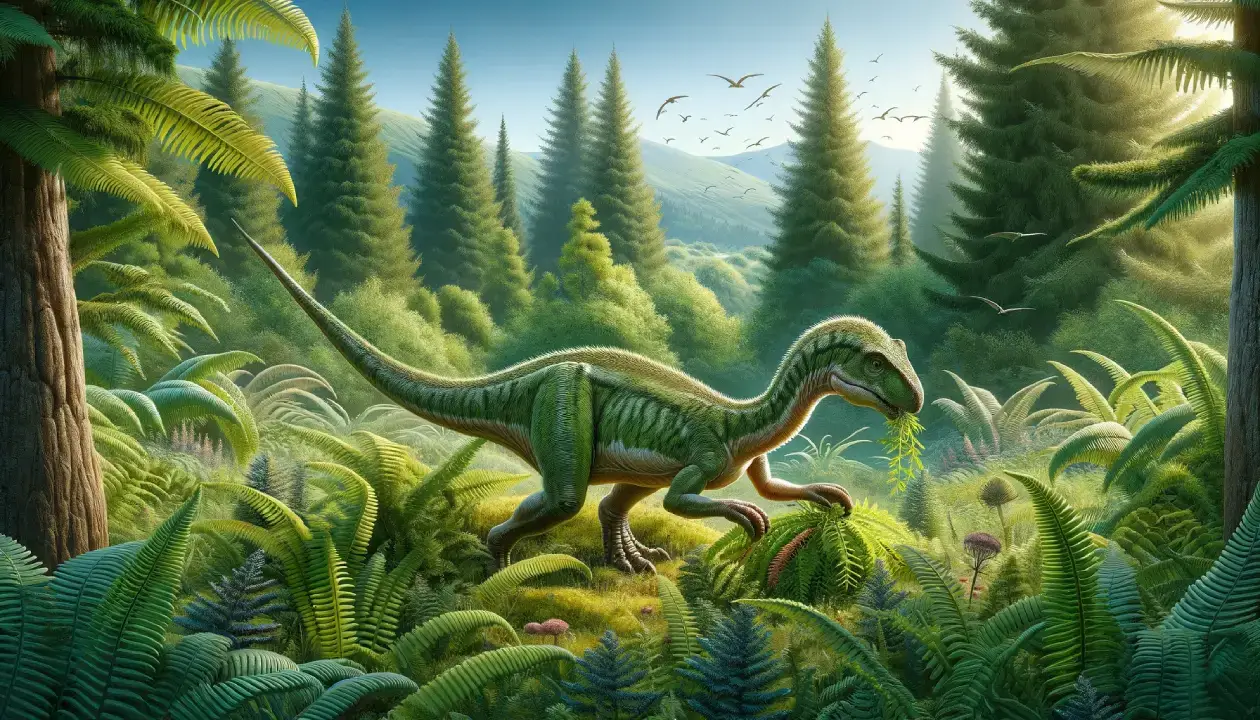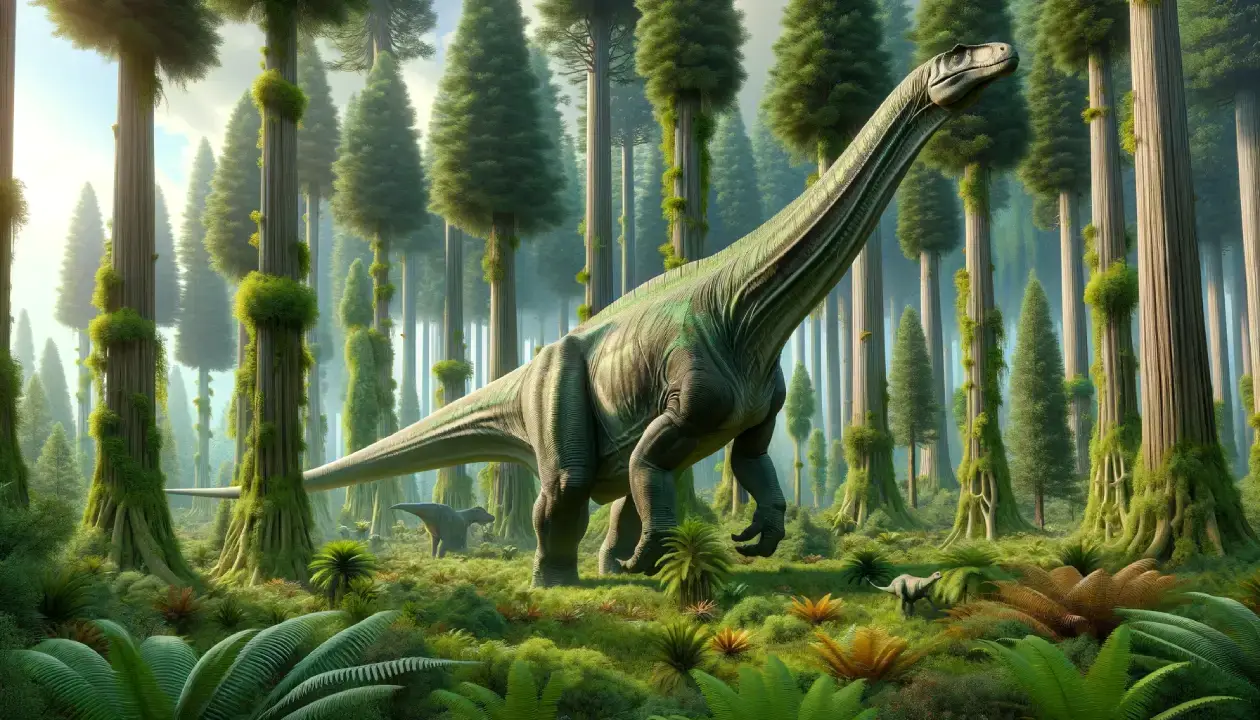Anchiceratops was a unique horned dinosaur that lived in what is now Alberta, Canada, and Montana, USA, during the Late Cretaceous period, about 72 to 71 million years ago. It was one of the first dinosaurs to be discovered in Alberta, and its name means “near horned face” or “long snout”. It had two long brow horns and a short nose horn, as well as a rectangular frill with large triangular spikes along its edge. It was related to the famous Triceratops, but had a more slender and elongated skull.
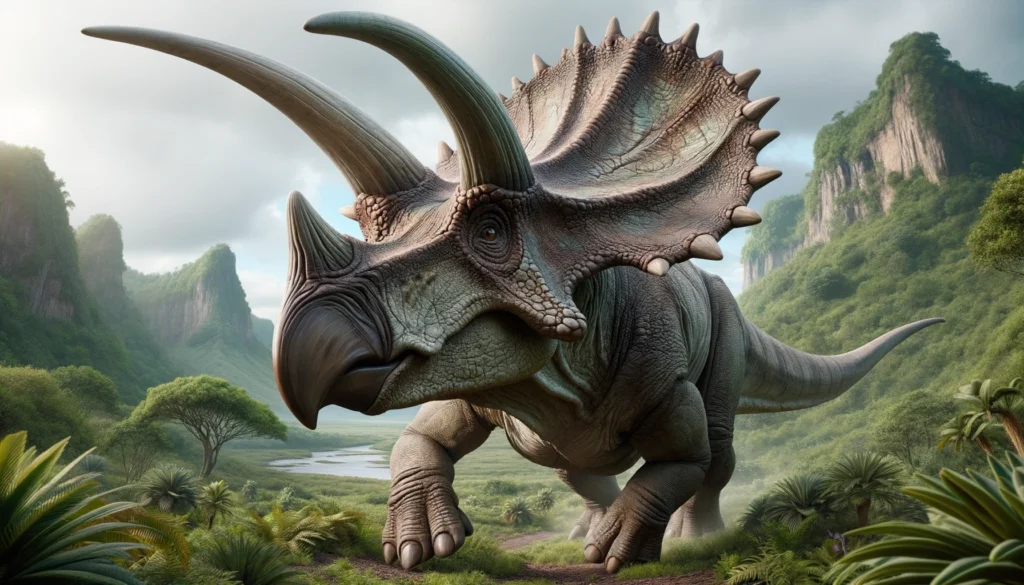
Basic Information
| Feature | Details |
| Time Period | Late Cretaceous, 72-71 million years ago |
| Diet | Herbivore |
| Length | 6 m (20 ft) |
| Weight | 2 tonnes (2.2 tons) |
| Size | Medium |
| Posture | Quadrupedal |
| Locations | Canada |
| Continent | North America |
| Type | Ceratopsian |
| Habitats | Grasslands, Floodplains |
Description of Anchiceratops
Historical Context
Anchiceratops was one of the first horned dinosaurs to be discovered in North America, and the oldest known from that continent. It was named by Barnum Brown in 1914, based on a partial skull found in Alberta, Canada. The name Anchiceratops means “”near horned face””, because it looked similar to Triceratops, another famous horned dinosaur. Anchiceratops belonged to a group of dinosaurs called chasmosaurines, which had long frills and long brow horns. It lived during the late Cretaceous period, about 72 to 71 million years ago, and shared its habitat with other dinosaurs such as Tyrannosaurus, Edmontosaurus, and Corythosaurus.
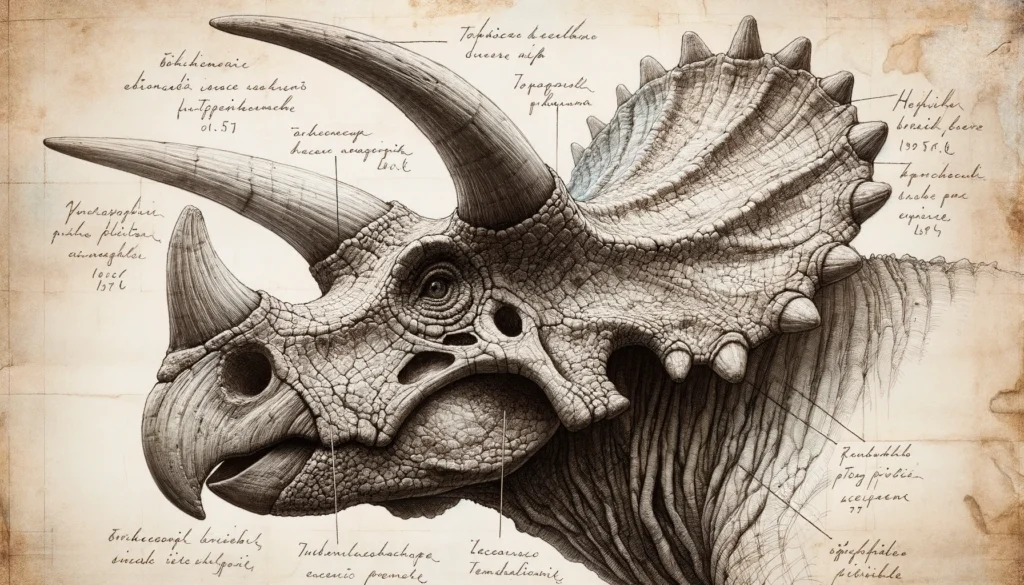
Physical Attributes
Anchiceratops was a medium-sized, heavily built, four-legged herbivore that could grow up to 6 meters (20 feet) long and 2 tonnes (2.2 tons) in weight. Its skull had two long horns above its eyes and a short horn on its nose. The skull frill was long and rectangular, with triangular spikes along its edges. The frill had large holes that made it lighter and may have helped with cooling or breathing. The snout was narrow and pointed, with a sharp beak for cutting plants. The teeth were small and leaf-shaped, arranged in rows that formed a grinding surface for chewing food.
Feeding Habits
Anchiceratops was an herbivore, meaning it ate plants. It used its long neck to reach low-growing plants such as ferns, cycads, and conifers. It may have also used its tail as a balance when standing on its hind legs to reach taller plants. Anchiceratops had a simple digestive system, relying on bacteria to break down plant fibers. It may have swallowed stones (gastroliths) to help grind up the food in its stomach.
Unique Features
Anchiceratops had several features that made it different from other horned dinosaurs. One of them was its teeth, which were more numerous and tightly packed than those of Triceratops. This suggests that Anchiceratops had a more efficient chewing mechanism and could eat more food per bite. Another unique feature of Anchiceratops was its frill decoration, which consisted of coarse triangular spikes along the frill margin. These spikes varied in size and shape among individuals, and may have been used for display or recognition.
Movement and Speed
Anchiceratops was a slow-moving dinosaur, due to its large size and heavy body. It walked on four legs, using a straight posture with upright feet. It may have been able to run at short bursts of speed, but not for long distances or periods. It probably relied on its size and horns to protect itself from predators, rather than agility or speed.
Cultural Impact
Anchiceratops is not a very well-known dinosaur among the general public, as it has not been featured in many popular media or cultural works. However, it is an important dinosaur for paleontologists and scientists, as it provides valuable information about the early evolution and diversity of horned dinosaurs in North America. Anchiceratops is also interesting for being one of the few horned dinosaurs that lived near marine sediments, indicating that it may have inhabited coastal areas where other horned dinosaurs did not.

Interesting Facts
- Anchiceratops was named after its close resemblance to Triceratops, but it actually lived about 3 million years earlier than its famous relative.
- Anchiceratops is rare compared to other horned dinosaurs in the area, and usually found near marine sediments. This indicates that Anchiceratops may have lived in estuaries where other horned dinosaurs did not.
- Anchiceratops may have been related to another early horned dinosaur from Asia: Isanosaurus, which was also one of the oldest known horned dinosaurs.
Related Dinosaurs
- Triceratops: A herbivore with three horns and a large frill, often considered the nemesis of the T-Rex.
- Pentaceratops: A herbivore with five horns and a long frill that extended over its shoulders.
- Arrhinoceratops: A herbivore with two horns and a short frill that lacked a nose horn.

